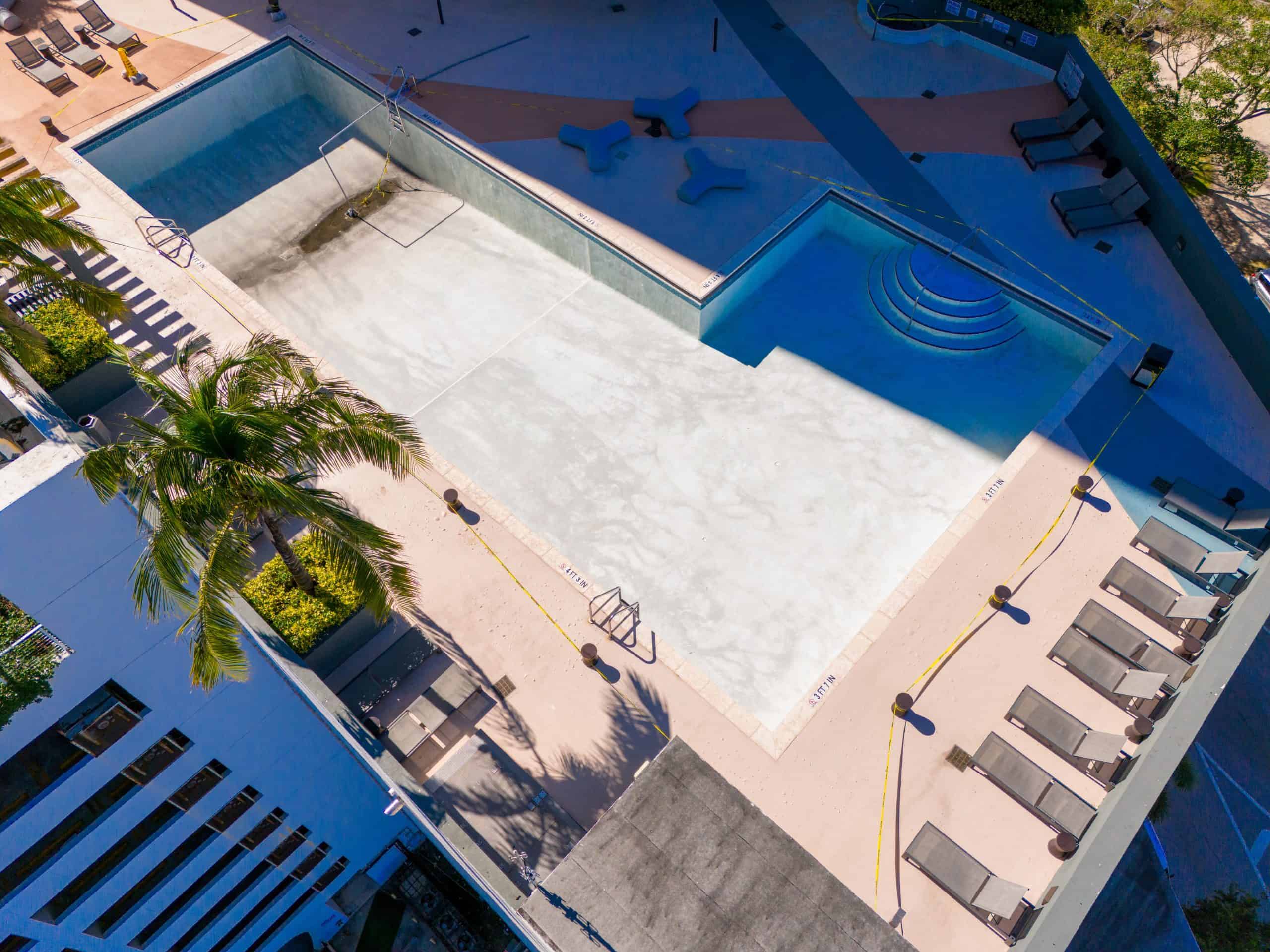Transform your worn, stained, or cracked pool surface into a stunning backyard centerpiece that adds value to your home and years of enjoyment.


Your pool stops being an eyesore and becomes the backyard oasis you actually want to use. No more embarrassing stains, rough surfaces that scrape your feet, or constant leaks that drain your wallet. Instead, you get smooth, beautiful surfaces that feel great against your skin and look stunning for years.
The right resurfacing job means fewer chemicals, less maintenance headaches, and a pool that actually enhances your property value instead of detracting from it. You’ll have friends asking how you got your pool to look so good, and you’ll finally feel proud to host pool parties again.
Most importantly, you get peace of mind knowing your investment is protected by quality materials and expert workmanship that’s built to handle Florida’s intense sun, humidity, and weather challenges.
We’ve been serving Broward County pool owners for years, and we understand exactly what Sunshine Park’s climate does to pool surfaces. We’re not some fly-by-night operation—we’re certified by the National Swimming Pool Foundation and hold the CPO certification that means we actually know what we’re doing.
What sets us apart is our commitment to doing things right the first time. We use only high-quality materials from trusted brands like Pentair and Hayward, and we back our work with a satisfaction guarantee that actually means something.
Our team has seen every type of pool problem that Florida weather can create, from sun damage to storm debris, and we know how to prevent these issues from happening again with proper resurfacing techniques and materials.

First, we drain your pool completely and assess the existing surface condition. This isn’t a quick glance—we’re looking for structural issues, identifying problem areas, and determining exactly what prep work needs to happen before any new surface goes down.
Next comes the surface preparation, which is where most companies cut corners but we don’t. We remove the old surface layer completely, repair any cracks or structural issues, and create a clean, solid foundation for your new finish. This step determines how long your resurfacing will last.
Finally, we apply your chosen surface material using proven techniques that ensure proper adhesion and longevity. Whether you choose plaster, aggregate, or another finish, we know exactly how to apply it for maximum durability in Florida’s challenging climate. The result is a pool surface that looks great and performs even better.

Ready to get started?
Your resurfacing project covers everything needed to bring your pool back to life. This includes complete surface removal, structural repairs where needed, and application of your chosen finish material. We handle all the permitting requirements and inspections, so you don’t have to navigate Broward County’s bureaucracy.
In Sunshine Park’s climate, we recommend finishes that can handle the intense UV exposure and frequent temperature changes. Popular options include Diamond Brite for durability, Pebble Tec for texture and appearance, or traditional plaster for budget-conscious homeowners. Each has specific advantages depending on your pool’s usage and your maintenance preferences.
The process typically takes 5-10 days depending on your pool size and chosen finish, but weather can affect timing. We monitor conditions closely and may pause work during heavy storms to protect the finish quality. You’ll get a detailed timeline upfront and regular updates throughout the project, so you always know what’s happening with your pool.

Ready for a Pool You'll Love?
Contact us today for a free quote!
DCP Pool Services
Company
Useful Links